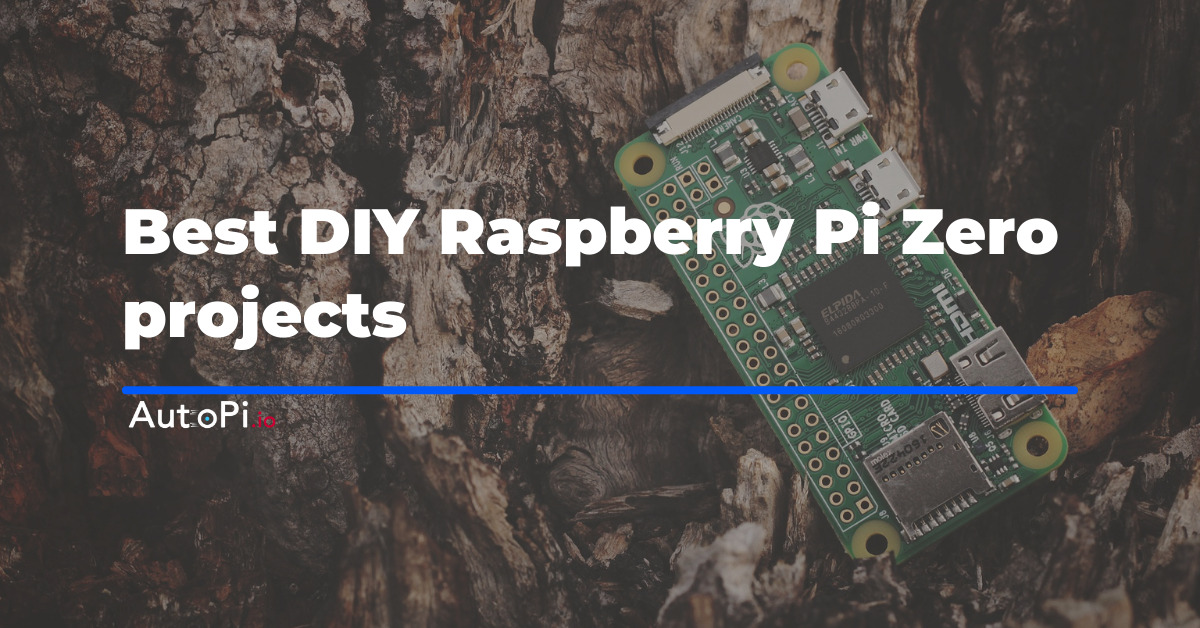The Power of the Internet of Things is Revolutionizing Our Lives
The Internet of Things (IoT) has changed the way we live, work, and communicate. Everyday things are now connected to the internet and may gather and exchange data thanks to IoT. As a consequence, efficiency, convenience, and quality of life have all improved.
IoT has opened the path for a more connected and automated world, whether it's smart homes, wearable technologies, or connected vehicles. IoT has enormous potential, and the benefits it provides are unlimited. IoT transforms our lives in ways we never imagined, from lowering energy use to enhancing healthcare.
Ideas for the connected car
Why should it not also include your car? Major tech companies such as Tesla, and Google, have already started a build-up within this field.
But where does that leave us, who cannot afford an expensive luxury car with the latest tech gadgets or a Tesla with autopilot?
Different attempts to solve this have been made earlier. Most attempts have been made using the OBD2 port of the car, and thus reading out telematics from the CAN bus of the car, to have a connected car.
Common for all these previous systems is that their platform was locked for user modifications and alterations.
This puzzled us and we decided to try to build our own system. We wanted a system that everybody could change, update and modify to their liking.
We wanted a system that was always online and available. We did not want a system that was dependent on an internet connection through a mobile phone. We wanted a true IoT platform in the car.
Our requirements were:
-
Online even when friends or family members use the car
-
Not dependent on a mobile phone
-
Open for programmable changes
-
But also configurable without programming experience
-
Extensible with external systems
-
Built on a well-known hardware platform
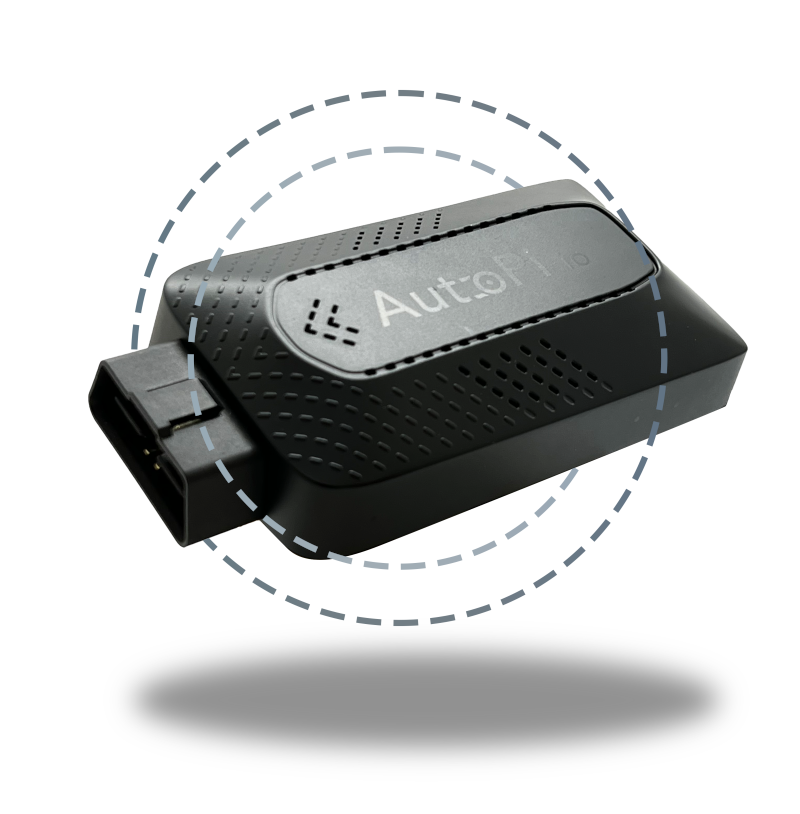
Transform Your Fleet with AutoPi TMU
With our smart telematics device, you can improve the capabilities of your vehicles and obtain real-time information. Experience seamless connectivity, intuitive control, and full monitoring of the performance and whereabouts of your cars.
Upgrade your fleet and remain ahead of the competition by learning about the capabilities of AutoPi TMU.

An IoT platform built on the Raspberry Pi Zero
We quickly realized that products from The Raspberry Foundation were very suitable for our project. We ended up deciding to use the Raspberry Pi Zero as the heart of our hardware telematics unit.
The Raspberry Pi is a widely used, affordable, and proven microcomputer. It runs a high-level operating system and has a large backing community.
We decided to build a HAT (Hardware Attached on Top) for the Raspberry Pi Zero, containing the needed IOs. We included:
-
4G LTE modem
-
USB connectors
-
OBD connection to the car
-
Accelerometer
-
GPS + A-GPS
-
Bluetooth
-
Wireless LAN
-
Speaker
-
HDMI port
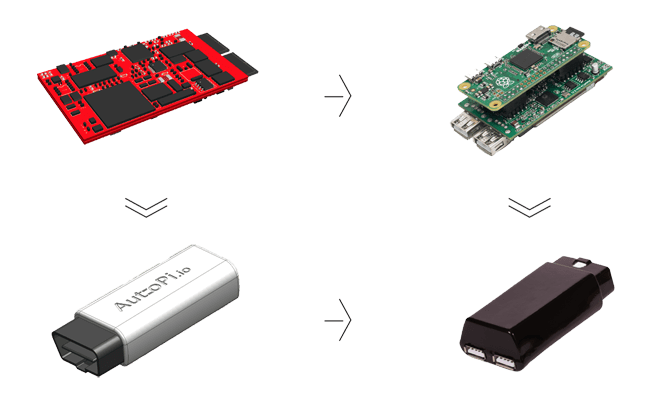
During the design phase of the AutoPi, it was decided to use the Raspberry Compute Module. That was small, versatile, and expandable in many ways, which suited the AutoPi project perfectly.
All the pinouts from the Broadcom BCM2835 processor are available through the SODIMM DDR2 interface on the Compute Module.
This gave us a lot of possibilities during the design phase of the AutoPi and therefore the Compute module was an obvious choice for us as a main processor.
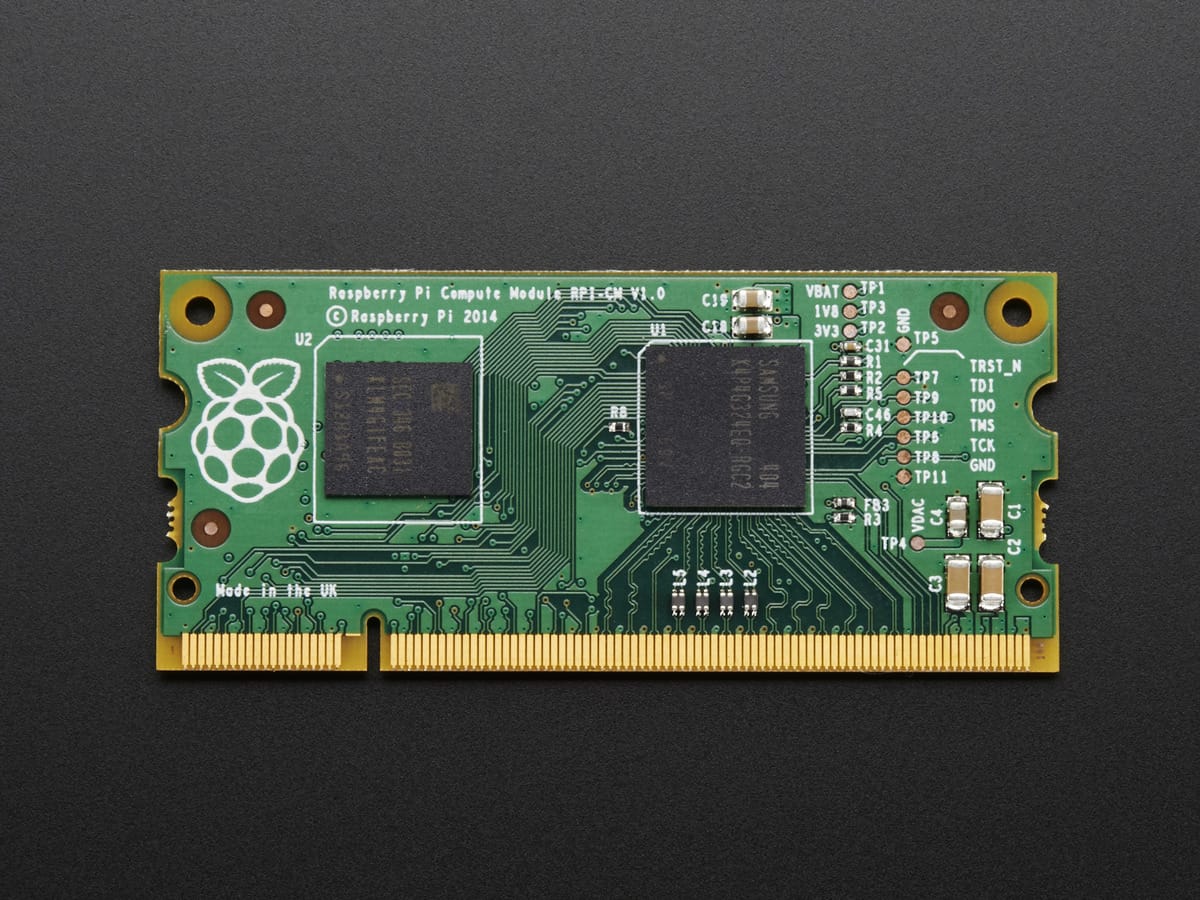
The status of the prototype development at that time was that the hardware development of the AutoPi was almost done. The prototype consisted of two custom boards for internal components and functions.
Together with the Compute Module, the prototype contained 3 separate PCBs with components on both sides.
The Compute Module was connected to the rest of the system through a SODIMM DDR2 connector mounted on one of the custom PCBs.
The complete system was working and we were developing software for the device and backend.
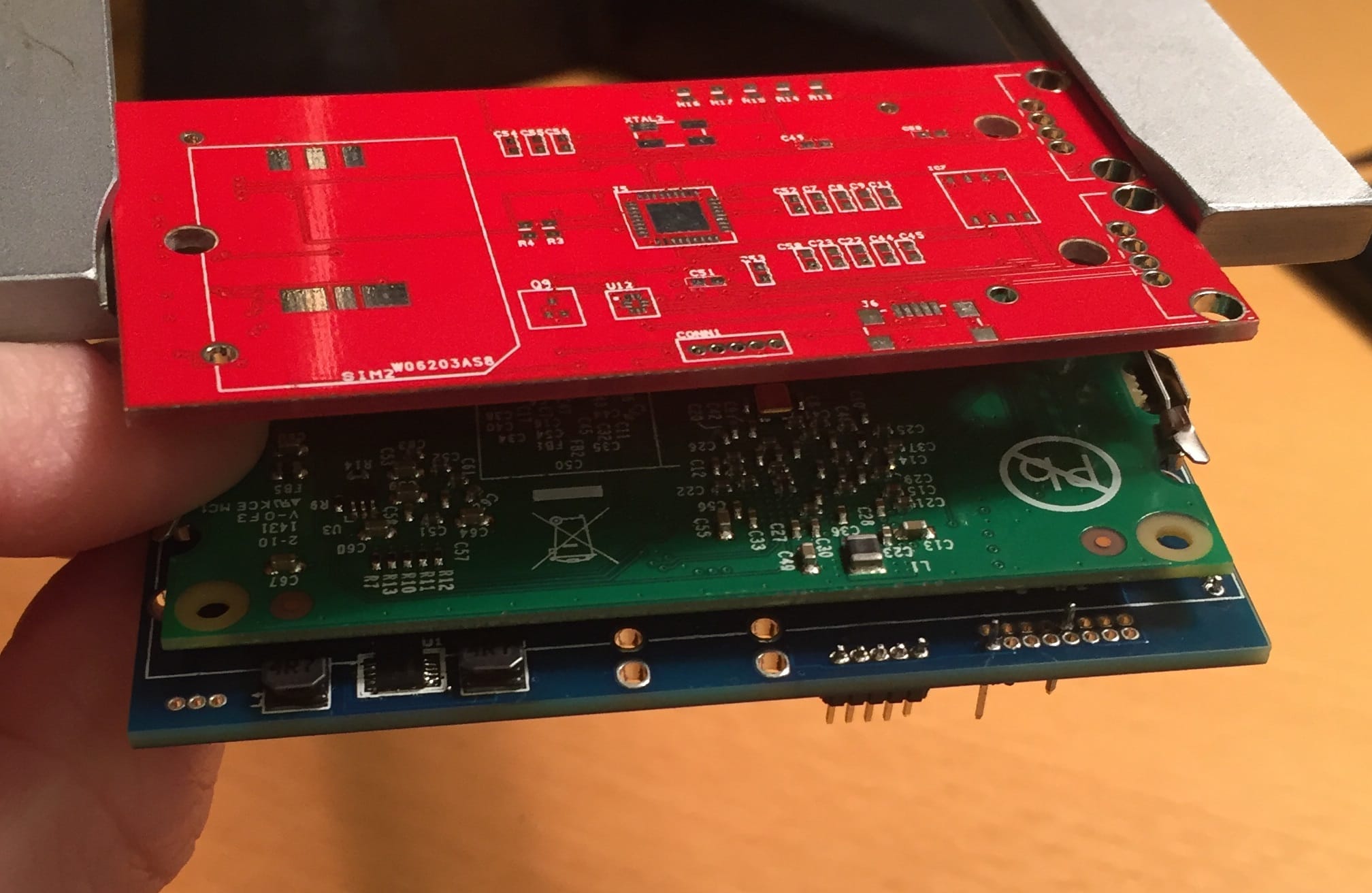
On November 26th, 2015 the Raspberry Pi Foundation announced the release of their new Raspberry Zero. While we were almost complete with the design of the AutoPi with the Raspberry Compute Module, this needed further investigation.
The Raspberry Zero is priced at only 5$ (4£) and just because of this it was much more interesting than the Compute module priced at 20$.
Furthermore, a lot of the functions provided by our custom boards were already built into the Zero, such as HDMI and USB connection. A negative side was that the Compute Module used a built-in 4GB eMMC RAM for memory, while the Zero relied on an external SD card for memory.
A closer look at the specification for the Zero revealed that all of the needed functions for the AutoPi were covered by the outputs on the Zero.
The design changes needed to include the Zero were few, so it was decided to use the Raspberry Zero as the main processor for the AutoPi.
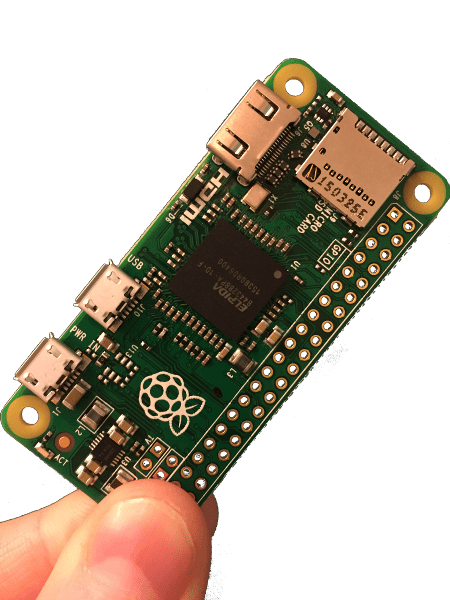
A software platform built for IoT
We created a hardware platform that matched our initial requirements, but our vision was not complete. We wanted to connect our car, through a hardware telematics unit to an IoT software platform, from where we could easily manage and update the entire system.
We wanted the platform to include a fully customizable dashboard, where users could set up widgets.
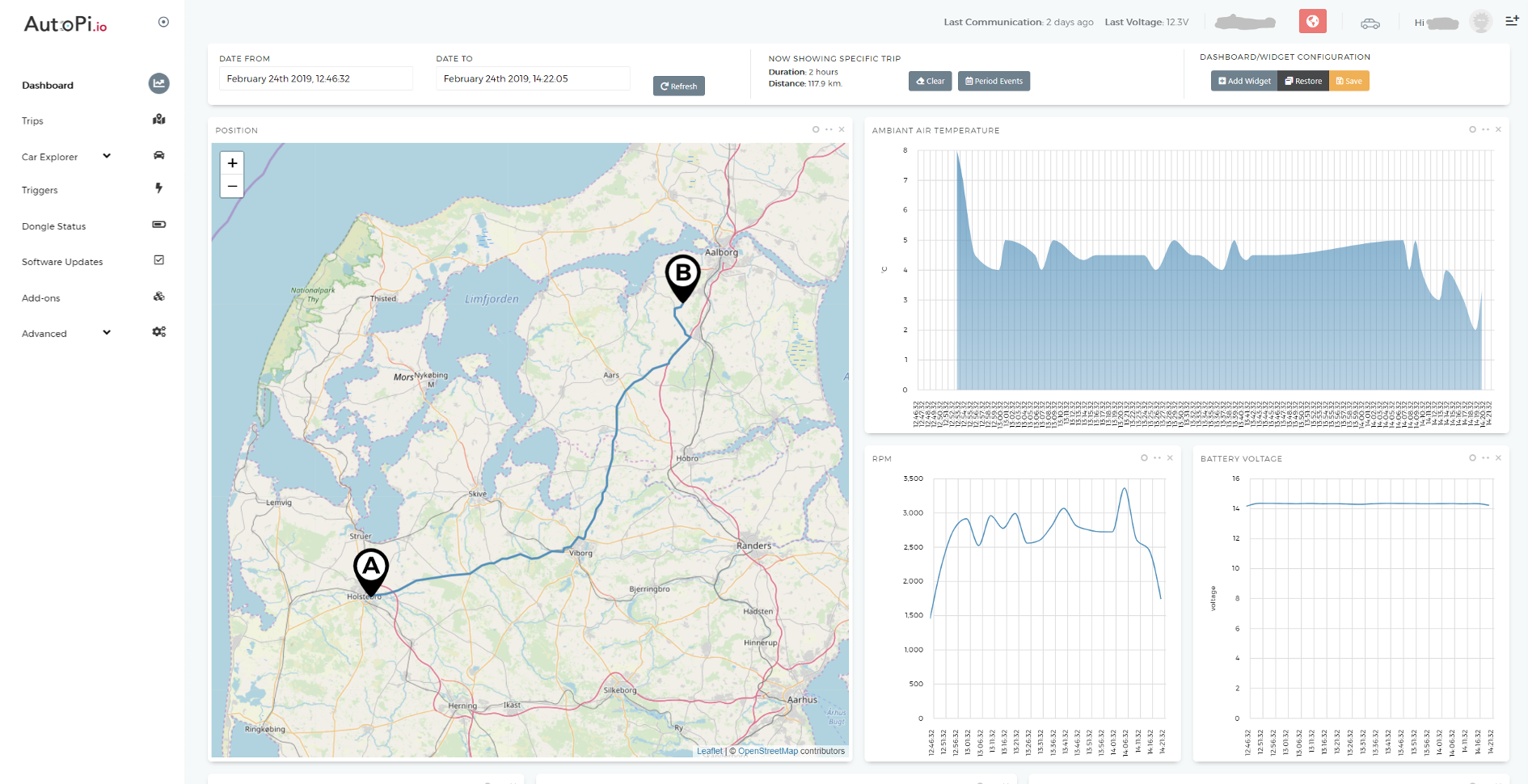
We wanted it to be easy to install new features from a community-driven platform:
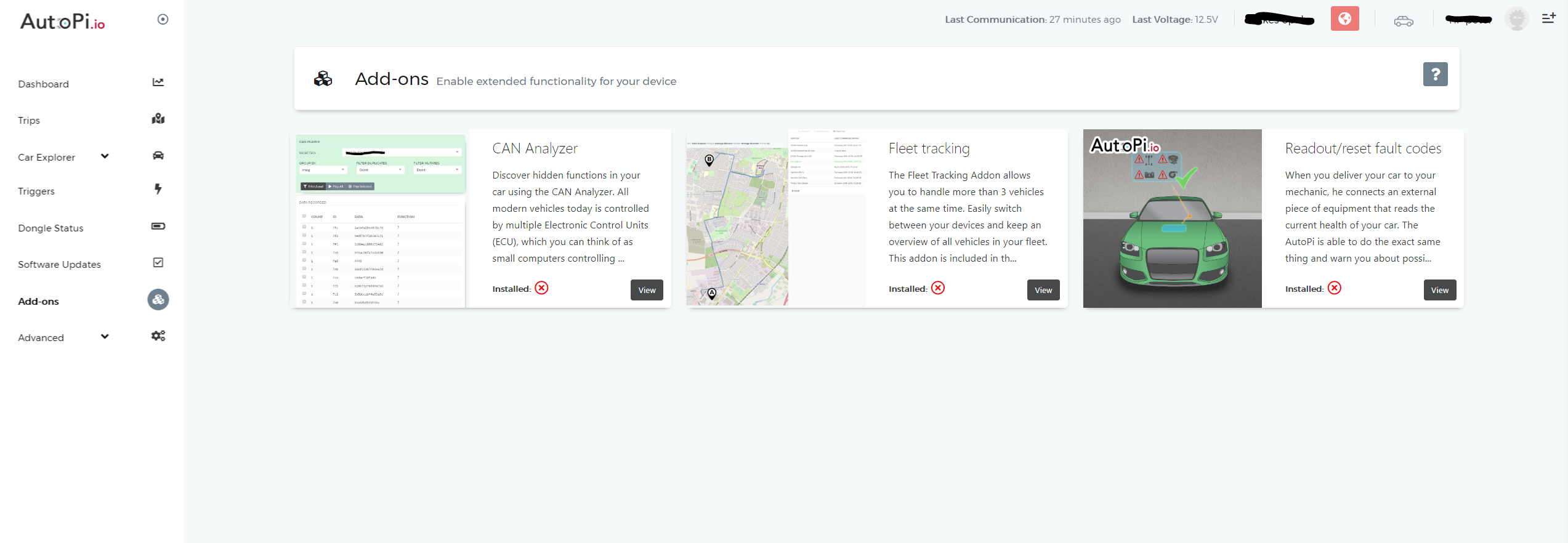
But we wanted to make sure that the user still had the full possibility to interact, configure and program their Raspberry Pi and car directly from our IoT Platform:
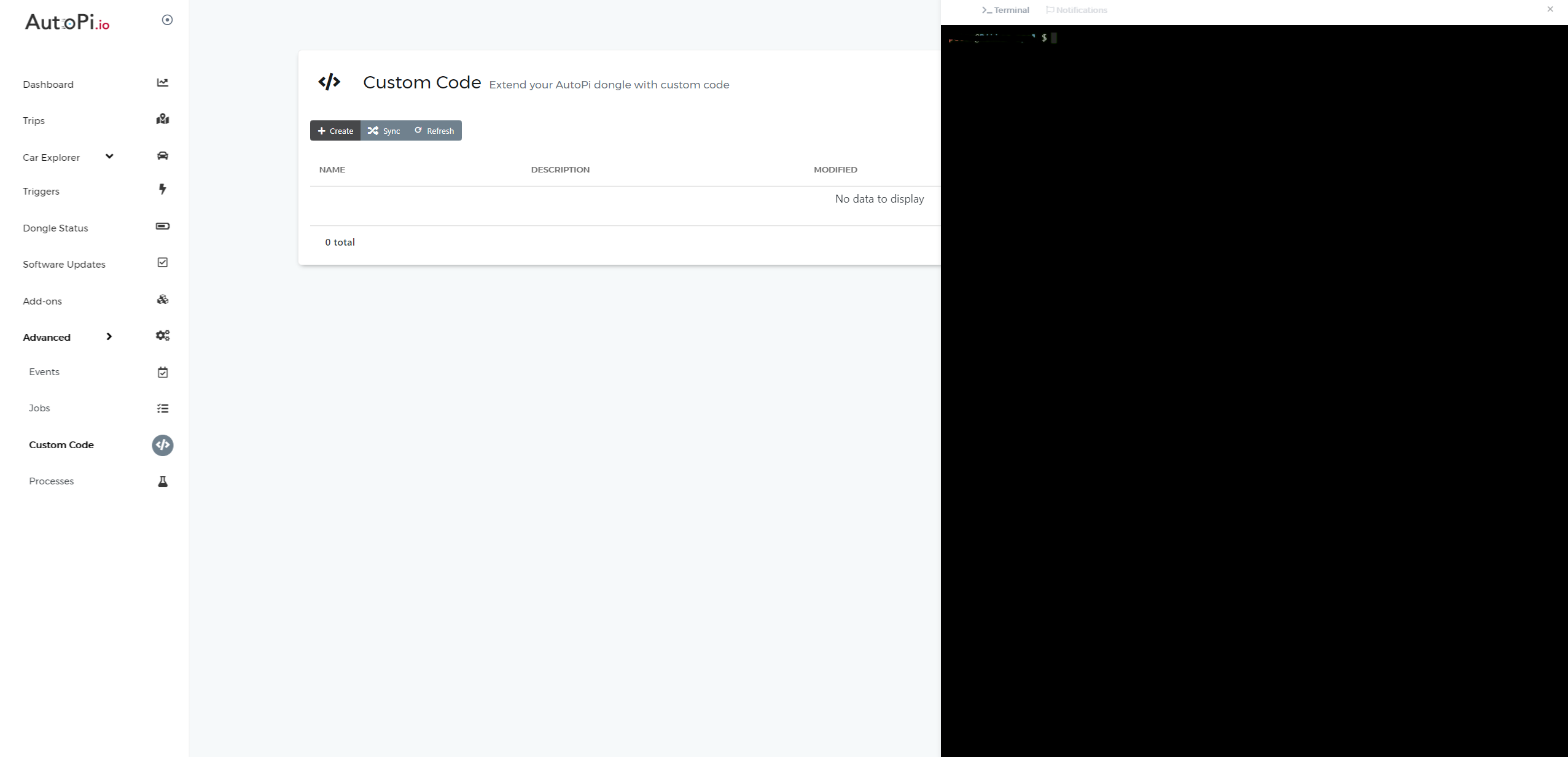
We ended up with an open and versatile system with some unique key features:
-
The AutoPi is not dependent on a connection to a mobile phone and is therefore online no matter who is driving the car
-
Advanced code modules can be programmed, uploaded, and tested directly from the built-in editor.
-
Dashboard, triggers and add-ons are available for easy configuration and do not require programming experience.
-
With built-in WiFi, Bluetooth, and USB it is easy to extend the system with other subsystems and extend the possibilities of the system.
Do you have any questions? We have answers. Contact us right away for any of your requirements.

